Journal Of Neuroscience
-

Protein interactions and brain function
Roger Colbran and colleagues have discovered new molecular details about the function of an enzyme with a key role in shaping learning and memory. Read MoreFeb 20, 2020
-

Study may point to new treatment approach for ASD
Using sophisticated genome mining and gene manipulation techniques, researchers at Vanderbilt University Medical Center (VUMC) have solved a mystery that could lead to a new treatment approach for autism spectrum disorder (ASD). Read MoreNov 16, 2017
-

Gene mutation discovery may hold autism clues: study
Researchers at Vanderbilt have identified what may be a genetic “smoking gun” for autism spectrum disorder (ASD) — a mutation in the gene for the critical neuronal protein CaMKII. Read MoreFeb 2, 2017
-

McLaughlin named a reviewing editor for neuroscience journal
BethAnn McLaughlin, Ph.D., a neuroscientist at Vanderbilt University Medical Center, has been invited to serve as a reviewing editor for the Journal of Neuroscience, the flagship publication of the Society of Neuroscience, one of the world’s largest scientific societies. Read MoreJan 21, 2016
-
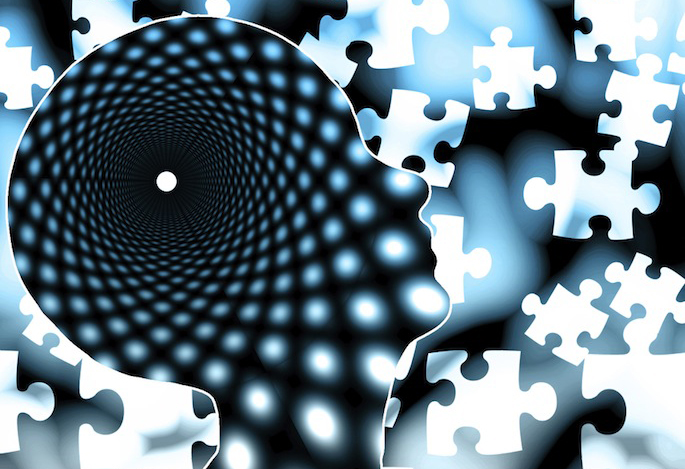
Signals of schizophrenia
Vanderbilt researchers have discovered a possible molecular mechanism of schizophrenia that could lead to new treatments for the disorder. Read MoreJul 9, 2015
-
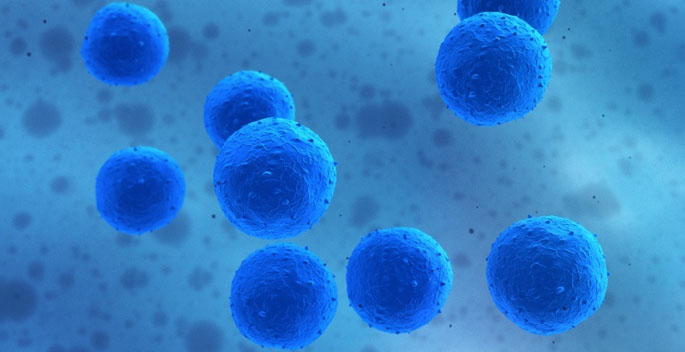
Insights on lysosomal storage diseases
A novel mechanism could point to new therapies for a group of inherited diseases that share pathological features. Read MoreMay 14, 2015
-

Retinal neuron survival in glaucoma
Understanding how the protein TRPV1 helps neurons survive after glaucoma-related stressors could lead to new therapeutic strategies for glaucoma and other neurodegenerative conditions. Read MoreDec 16, 2014
-
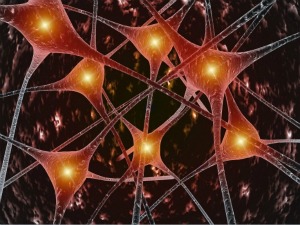
Protein boosts retinal neuron survival
An ion channel protein called TRIPV1 helps retinal neurons survive the elevated eye pressure associated with glaucoma. Read MoreMar 14, 2014
-
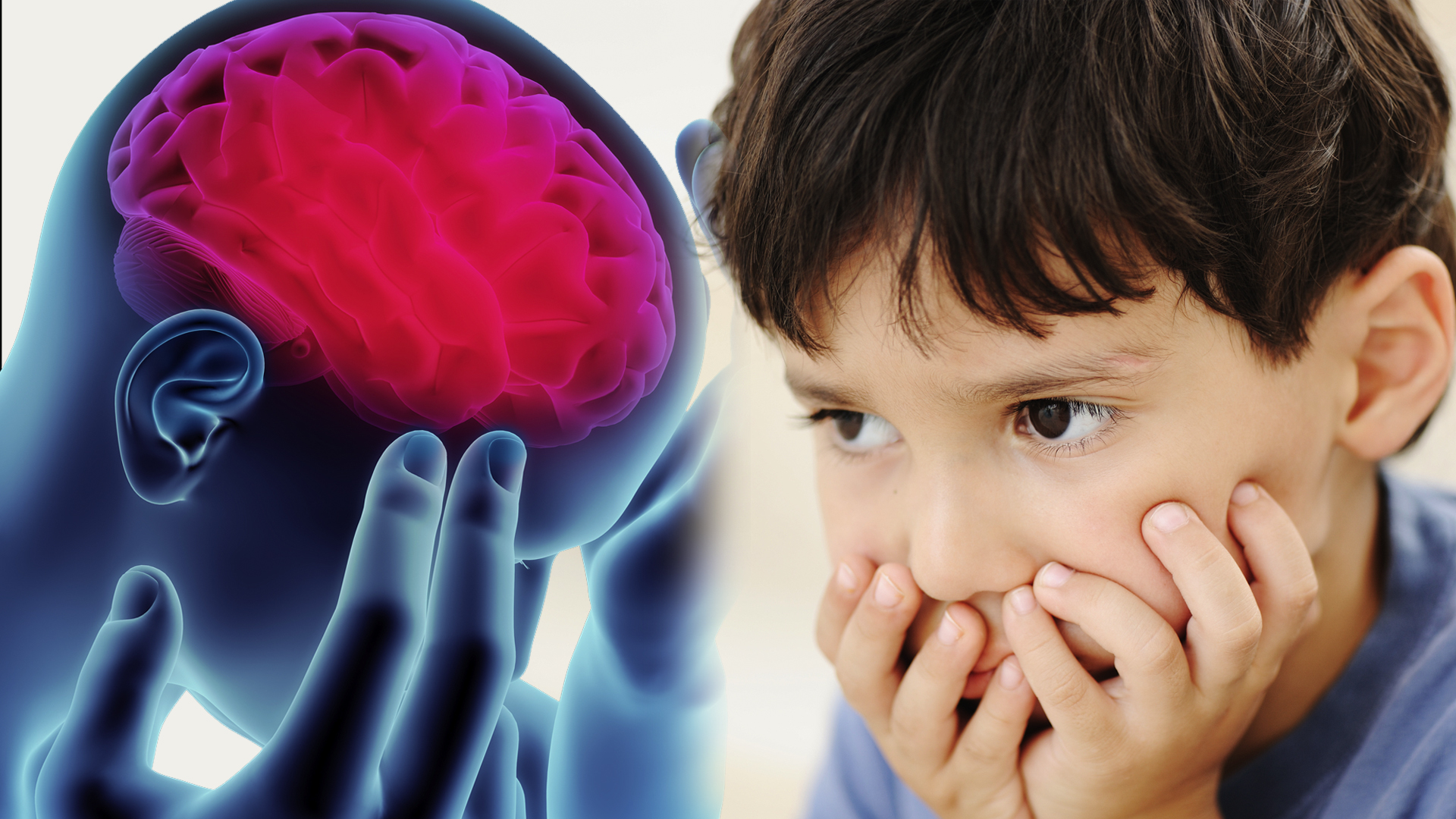
Groundbreaking study finds children with autism hear and see out of sync
It’s like a poorly dubbed film – the words heard don’t match up with the video seen. Vanderbilt researchers report (Journal of Neuroscience) that this out-of-sync issue then cascades into additional problems for children with autism spectrum disorder. Reseachers believe this new finding will help develop treatments for children with… Read MoreJan 15, 2014
-

Vanderbilt study reveals senses of sight and sound separated in children with autism
Children with autism spectrum disorders have trouble integrating simultaneous information from their eyes and their ears--as if they experience the world like a badly-dubbed movie. Read MoreJan 14, 2014
-

Autism speeds motion perception
Children with autism spectrum disorder are better at perceiving the motion of certain objects than are typically developing children their age. Read MoreJun 7, 2013
-

How ‘Jedi’ disposes of dead neurons
The protein Syk is essential for clearing away neuron “corpses” in the developing peripheral nervous system. Read MoreSep 19, 2012
-
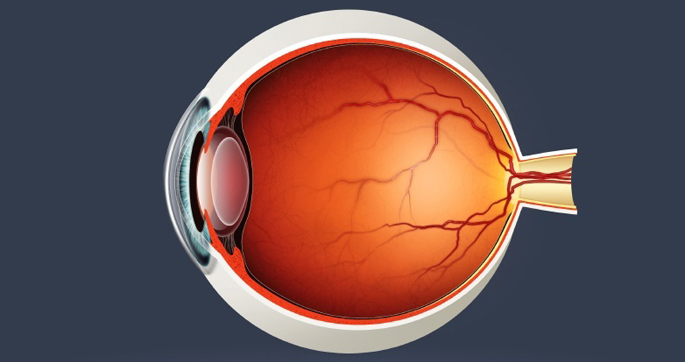
Clues to retinal cell degeneration
A reversible chemical modification of rhodopsin, a receptor for light, plays a role in the degeneration of retinal cells. Read MoreAug 28, 2012
-

Insights for neuroscience drug discovery
When discovering drugs for brain disorders, it’s important to test the candidates in multiple ways to avoid advancing those with restricted physiological effects. Read MoreJul 17, 2012
-
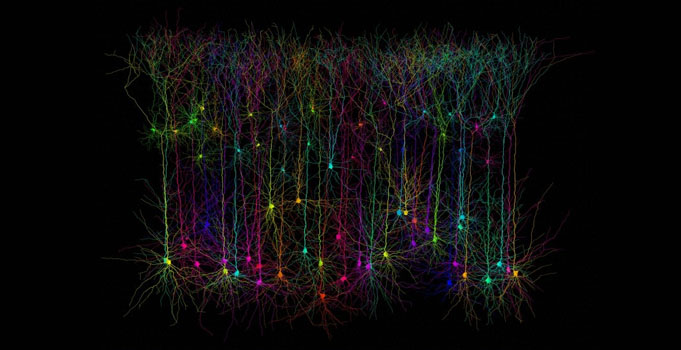
New clue to ADHD
A rare genetic change adds support to the idea that altered dopamine signaling is a key risk factor for ADHD. Read MoreMay 15, 2012
-
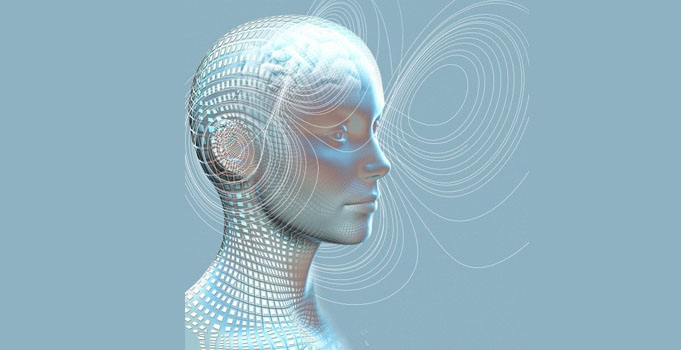
Perfect timing for sensory processing
Identification of brain regions involved in processing sights and sounds may offer insights into disorders like autism and dyslexia. Read MoreMay 11, 2012
-

Probing epilepsy’s molecular sparks
Understanding how mutations in neuronal receptors contribute to epilepsy could lead to improved therapies. Read MoreMay 10, 2012
-

Breakdown of white-matter pathways affects decisionmaking as we age
A brain-mapping study has found that people's ability to make decisions in novel situations decreases with age and is associated with a reduction in the integrity of two specific white-matter pathways. Read MoreApr 11, 2012